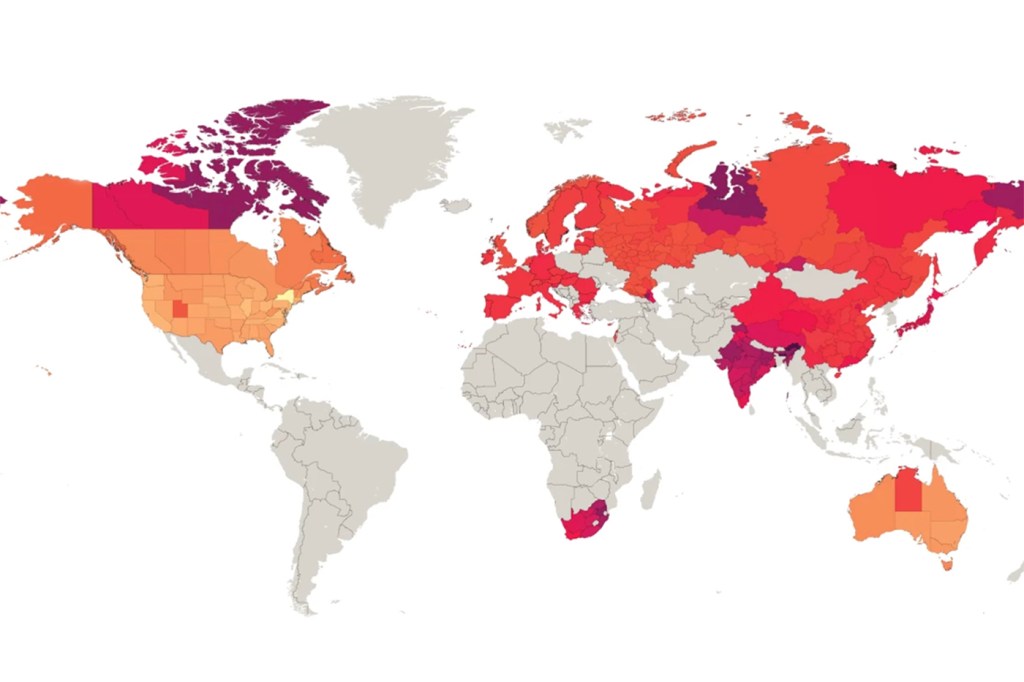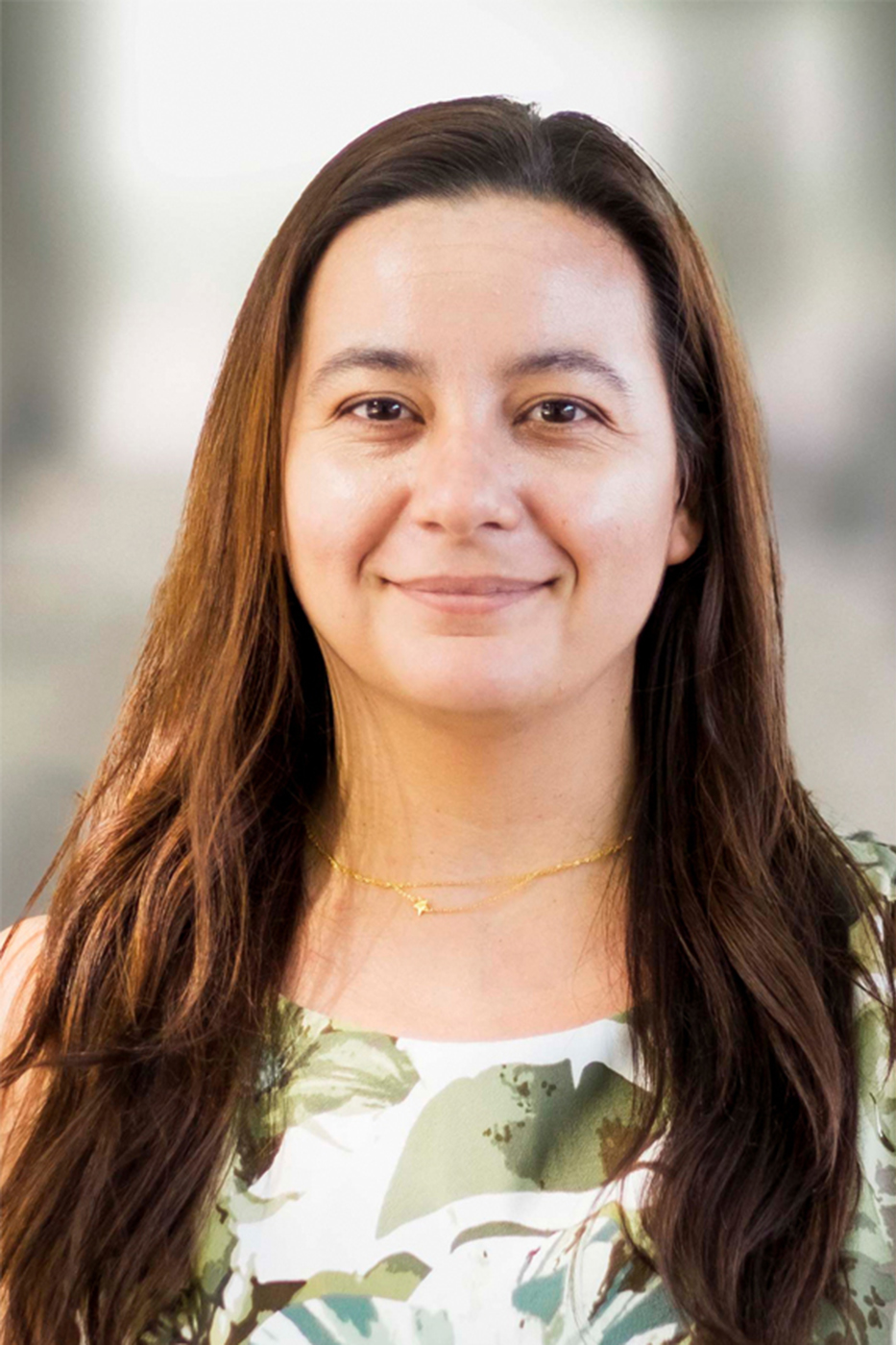Diseases spread differently, region by region. This mathematical model shows how.

Considering how many factors contribute to the worldwide spread of airborne infectious diseases, forecasting pandemics can be a daunting task.
In an attempt to reflect that complex reality, Northeastern’s Laboratory for the Modeling of Biological and Sociotechnical Systems (MOBS Lab) has developed a new, data-driven model that factors in patterns of interpersonal behavior down to the state or province level, enabling epidemiologists to get a closer, more specific look at how diseases spread.

Ana Pastore y Piontti is an associate research scientist in the MOBS Lab and co-author of the team’s most recent paper outlining a new modeling approach for infectious airborne diseases. Courtesy photo
“There’s no one model that fits all nations,” says Ana Pastore y Piontti, an associate research scientist in the MOBS Lab and co-author of a paper outlining this new model, which was published in the journal Nature. “We can break down contact patterns into subnational levels where the people are interacting.”
Breaking down populations into smaller settings allows epidemiologists and public health officials to make informed decisions about which interventions would be the most effective. For example, if transmission in one geographic area occurs predominantly in offices, then closing offices, not schools, would be a smart choice.
The model accounts for multiple settings within a population: households, work environments, schools, stores, public transportation, and outdoor gathering spaces, to name just a few.
“The transmission is going to look a lot different in Florida than it is in Utah,” Pastore y Piontti explains, since each state has a very different age demographic. And transmission will likewise look very different between countries.
“You can’t apply things you’ve learned about transmission in places in Europe to India and expect them to work the same,” adds Dina Mistry, first author on the paper.
For example, transmission in China will be very different than in the United States. “One thing to take into account is that a lot of regions in China have a one child policy, so there you won’t see a lot of interaction between children, but you will see interactions between children and adults,” Pastore y Piontti says.
But even these specific cultural behaviors aren’t applicable to an entire country. “Some regions with mostly minority groups in China don’t have this one child policy. But they may have different practices like intergenerational housing,” Pastore y Piontti says. “All of these factors need to be considered to look at China as a whole.”
The model uses information from public data sources around the world—everything from broad census information to more specialized data sets about where people work, who they live with, etc. “It’s a very organic type of data science,” Pastore y Piontti says. “You can’t just automatically download all this data about the world. You have to go country to country and see what’s available.”
Combining large scale data sets with narrower, more specific sets is one of the things that makes this model stand out from others that aim to forecast epidemics. “Most models look at either or,” says Mistry. Considering both helps paint a more comprehensive picture of an outbreak.
Because the model uses all publicly available information, it’s accessible to everyone. And the model can be recreated to account for any airborne infectious disease, so long as certain parameters are changed to reflect the characteristics of individual diseases, Mistry says.
“The best part about these matrices is that they can be reconstructed,” she continues. “The point is that other scientists can use this framework and won’t have to start from scratch.”
For media inquiries, please contact Jessica Hair at j.hair@northeastern.edu or 617-373-5718.





